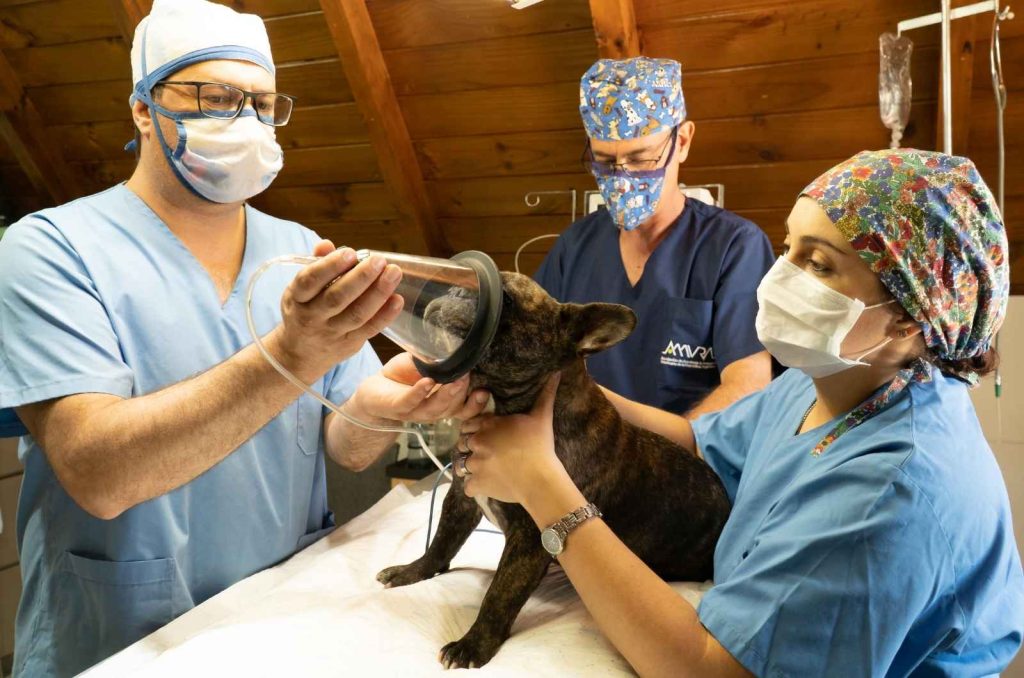
Do you find yourself helplessly watching your beloved pet struggle with incontinence? Maybe you live in constant anxiety, fearing the next unpredictable accident at home?
Regrettably, dog incontinence is a widespread issue, causing distress for both our four-legged friends and us, their devoted caregivers. Yet, hope can be found in understanding it's not their fault, and more importantly – there are effective treatment options available. This article delves into the causes and signs of dog incontinence, exposing the invaluable knowledge you need to regain control and assist your trusted canine companion in leading a normal and comfortable life. Prepare yourself for a deep dive into a world where mysteries of dog incontinence are artfully untangled, revealing secrets of successful treatment strategies.
Understanding Dog Incontinence: Causes and Symptoms
Like humans, dogs too can face health issues, one of them being incontinence. Incontinence in dogs is primarily characterized by involuntary urine leakage, often noticed when the dog is at rest or sleeping. But what causes these issues?
Aging is one of the common factors associated with incontinence in dogs. As they grow older, certain bodily functions may not work as efficiently. Hormonal imbalances, often caused by neutering in both male and female dogs, can also lead to incontinence. Urinary tract infections, obstructions, or diseases may be another contributing cause.
How do you know if your dog is incontinent? Key symptoms to watch out for include frequent urination, often in small volumes, and signs of discomfort while passing urine. You may also notice increased water consumption, and urine spots in their sleeping areas. If you observe these symptoms, consulting a veterinarian for a full diagnosis should be your next step, which we'll delve into in the next section.
Effective Dog Incontinence Treatment Options
Addressing dog incontinence begins with a thorough diagnosis. The process typically starts with a detailed veterinary examination to identify potential underlying causes. These examinations often include urinalysis, which can detect the presence of urinary tract infections, and imaging studies such as x-rays or ultrasounds to inspect the bladder and surrounding tissues.
Medication for Dog Incontinence
A variety of medications can be involved in the treatment of dog incontinence. Hormone replacement therapy is frequently used for dogs facing hormonal imbalances, which can affect bladder control. Antibiotics may be prescribed to tackle urinary tract infections. Bladder control medications can also be beneficial, especially for older dogs.
Diet and Lifestyle Changes
Alongside medical intervention, changes in a dog's diet and lifestyle can significantly enhance the effectiveness of any treatment plan. Specialized dog food diets can aid in boosting urinary health. Increasing a dog's intake of water is paramount to proper urinary function. Regular exercise, such as walks or playtimes, can also improve bladder strength and control. As will be discussed later, home remedies can also play an essential role in dealing with dog incontinence.
Natural Approaches and Advanced Interventions for Dog Incontinence
For pet owners seeking less conventional routes of treatment, a change in home routines or tried-and-true traditional remedies may hold the key. Moreover, at times, incontinence may prove refractory to medication and lifestyle alterations, necessitating surgical intervention.
Home Remedies and Rehabilitation Exercises
Combatting dog incontinence may start at home. Ensuring your dog gets regular, frequent bathroom breaks can greatly reduce urine leakage. Belly bands or dog diapers can also help manage incontinence, especially for older or infirm dogs. In addition, herbal supplements or veterinarian-approved dietary changes can potentially tackle incontinence issues, stemming from hormonal imbalances or urinary tract health.
Another unconventional, yet effective treatment method could be physical rehabilitation. By promoting better control over bladder muscles, techniques such as pelvic floor exercises and hydrotherapy can be instrumental. Some pet owners, with their vet's consultation, even opt for natural treatments like acupuncture.
Surgical Treatments
For severe cases of dog incontinence, surgical options may be explored. Procedures like sphincter urethrostomy or the insertion of an artificial urinary sphincter or hormone-secreting implants can provide your furry friend with much-needed relief. It is essential to note that surgical treatment is typically a last resort when all other treatment options, previously discussed, fail to bring about substantial improvement.
In all cases, it is paramount to consult a reliable veterinarian before attempting significant changes to your dog's routine or resorting to surgical intervention. As we navigate the diverse landscape of dog incontinence treatment, the comfort and wellbeing of our beloved canines remain our top priority. In our next section, we will take a closer look at preventive measures for dog incontinence.
Caring for Incontinent Dogs: Managing Incontinence and Maintaining Quality of Life
Living with an incontinent dog can be cumbersome, but that doesn't mean your furry friend can't enjoy a good quality of life. By pursuing an effective dog incontinence treatment plan and creating a supportive home environment, you can make this health issue much more manageable for both you and your furry friend.
One of the key factors in caring for incontinent dogs is to keep them and their environment clean to decrease the chance of developing sores or infections. Using pet-friendly cleansers to clean their beds and living areas can minimize bacteria build-up that might lead to urine-related complications.
Useful Products to Aid Management of Incontinence
There are various products available in the market to assist in managing your dog's incontinence. Dog diapers and absorbent bedding are practical solutions that protect your home from urine leaks. An easily accessible water source and placing absorbent mats around the most frequented areas can also be beneficial.
Regular grooming also plays a vital role in maintaining your dog's overall health and hygiene. Regular baths and cleaning their hindquarters can avoid urine burns and infection. It would be a good practice to groom your furry friend at least once a week.
Being Compassionate and Patient
Most importantly, never punish your dog for accidents. They're uncontrollable and not your furry friend's fault. Show compassion, understanding, and patience towards your dog. They might be feeling the loss of control just as much as you are. Given the right attention and care, dogs with incontinence can still live fulfilling, exciting lives.
Remember, dog incontinence is not a death sentence. It's a manageable condition, and your pet can continue to lead a happy and fulfilling life with the right care and management. We encourage all pet parents to seek veterinary guidance as soon as they observe any of the symptoms we've discussed in this blog post. Don't let dog incontinence rob you or your pet of the joy of pet ownership.
For More Info: https://biochange.life/
